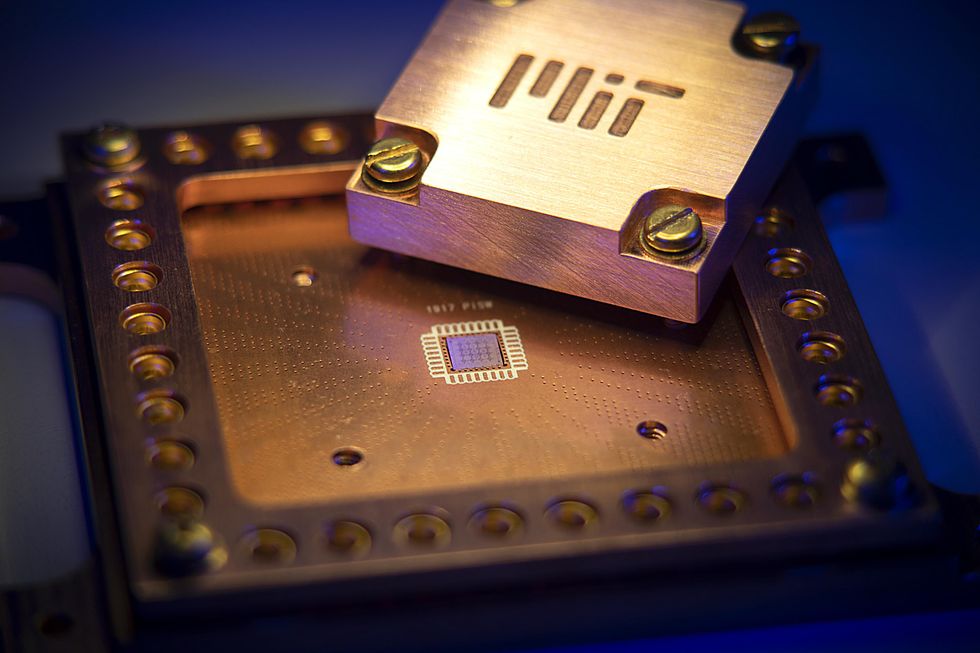Now Reading: Atomically Thin Materials Revolutionize Qubit Design
-
01
Atomically Thin Materials Revolutionize Qubit Design
Atomically Thin Materials Revolutionize Qubit Design

Swift Summary:
- Research Breakthrough: MIT researchers have achieved significant advancements in qubit miniaturization and quality for quantum computing by using atomically thin materials.
- Key Development: The use of the 2D insulator hexagonal boron nitride (hBN) in superconducting qubit capacitors has enabled much smaller capacitor footprints and reduced cross-talk between neighboring qubits.
- Scalability Impact: Researchers have increased the number of superconducting qubits that can be added to a device by a factor of 100,addressing both scalability and performance challenges.
- Material Innovation: hBN’s cleanliness and chemical inertness make it ideal as an insulator.It is paired with niobium diselenide, a 2D superconducting material, which oxidizes rapidly when exposed to air but remains stable once assembled.
- Production Challenges: Wafer-scale growth of hBN and niobium diselenide, along with stacking these films for mass fabrication, are identified as key areas for scaling up this technology.
- Performance Reliability: The sandwich structure made with hBN prevents degradation over time as around 90% of the electric field remains contained within it.
!Image
Superconducting qubits are measured at temperatures as low as 20 millikelvin in a dilution refrigerator. (Photo Credit: Nathan Fiske/MIT)
Indian Opinion Analysis:
MIT’s breakthrough addresses critical obstacles in advancing quantum computing – miniaturization and maintaining high-performance standards for scalable systems. While such technological innovations may not directly involve india at present, their potential implications merit attention.India has invested heavily in emerging technologies like quantum computing thru initiatives such as the National Quantum Mission. Developments like MIT’s miniaturized high-performance qubits could shape global research priorities. For India’s scientists and policymakers,collaboration opportunities or adopting similar approaches using advanced materials might accelerate domestic progress.However, challenges such as locally producing wafer-scale materials must be overcome to effectively partake in analogous innovations.
As quantum computing transitions from experimental phases to practical applications globally-spanning healthcare diagnostics to climate modeling-the importance of staying abreast with leading technological milestones will strengthen India’s position within this transformative sector.
























